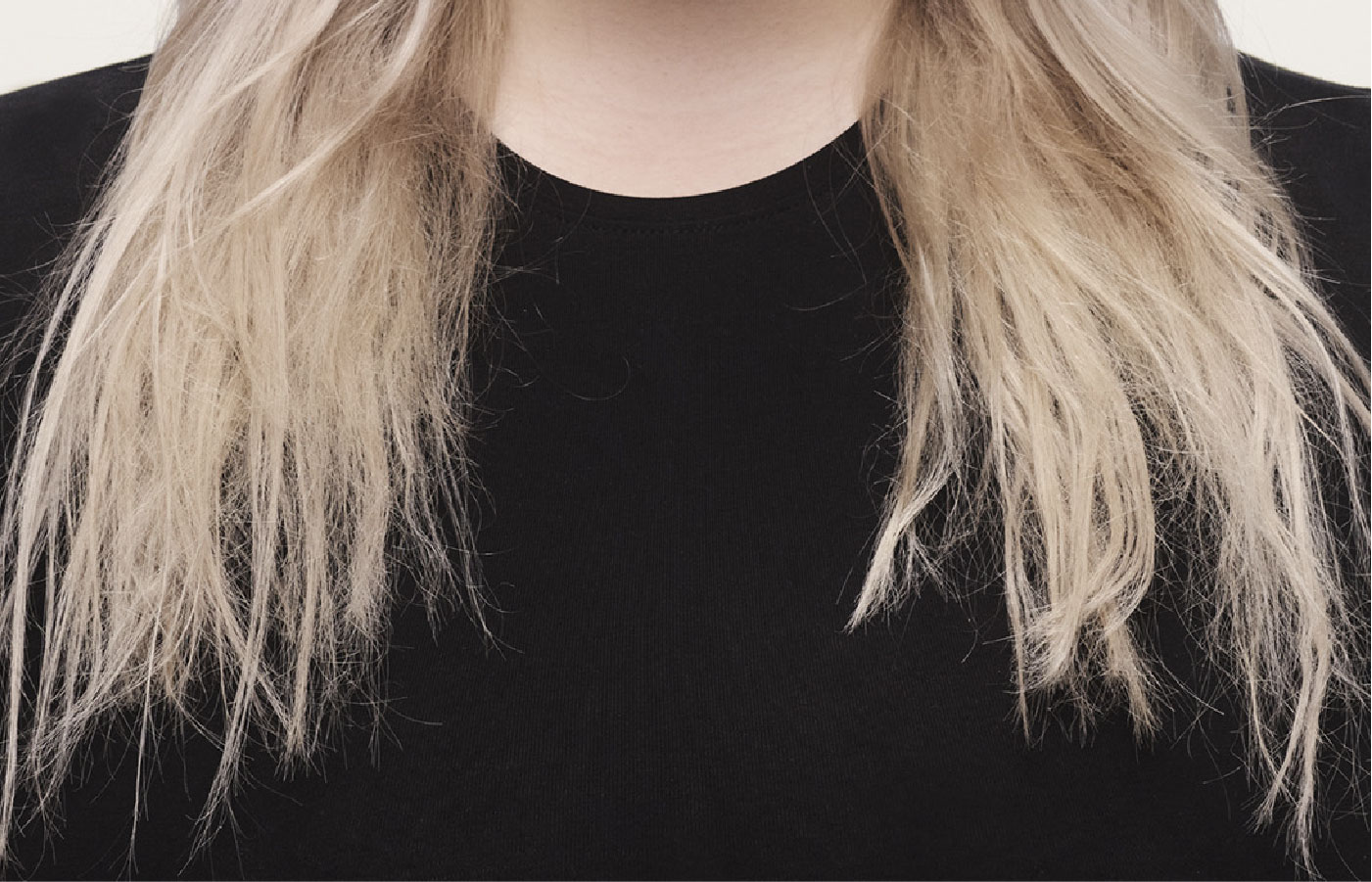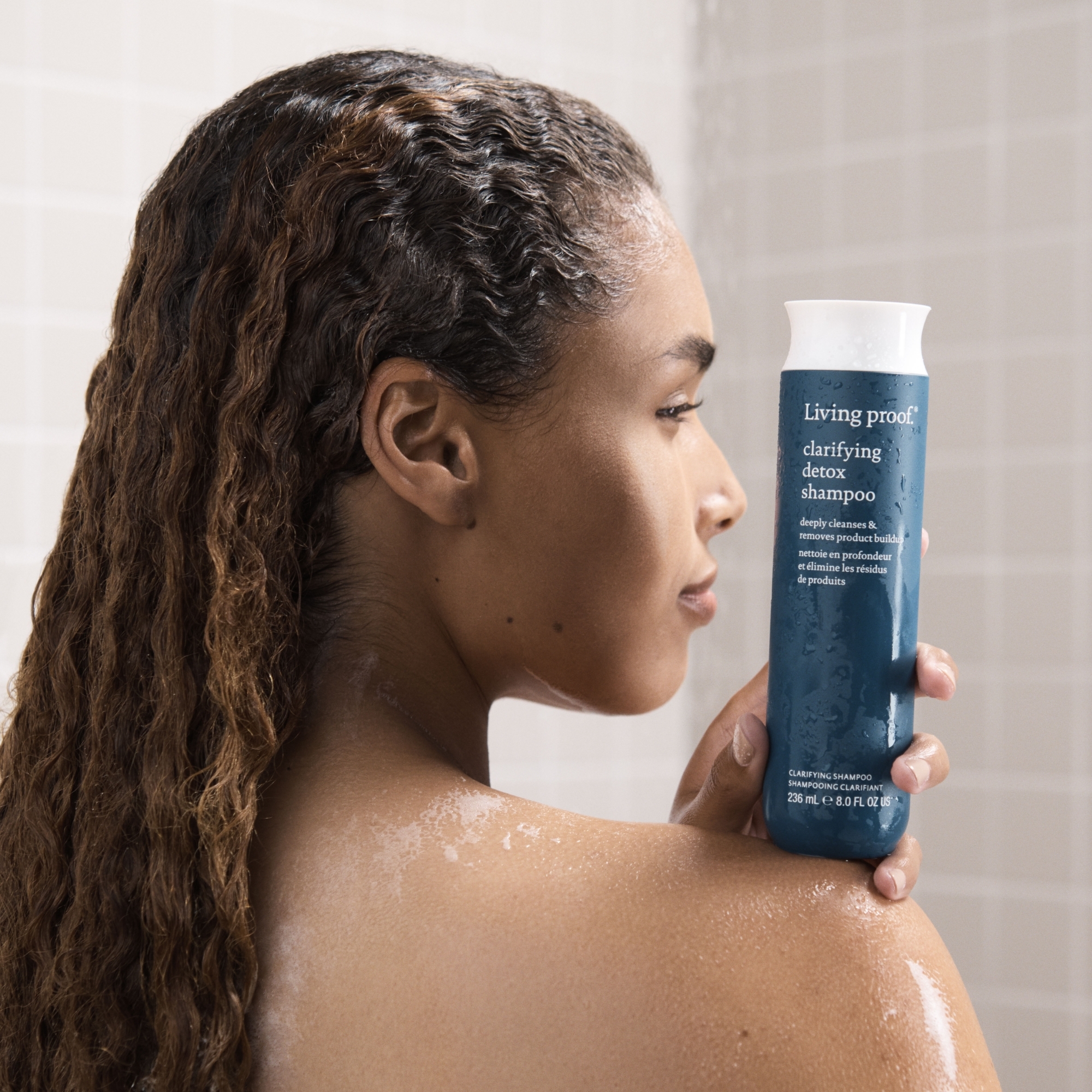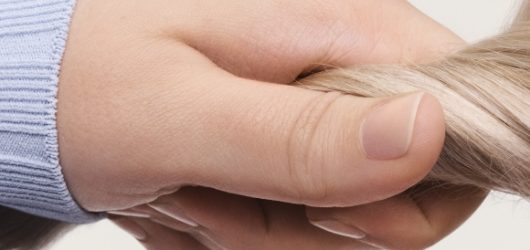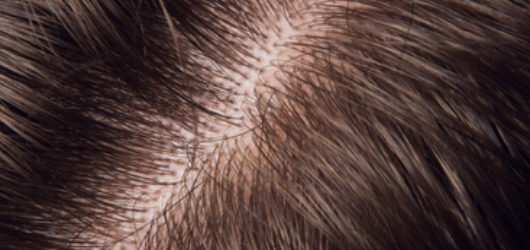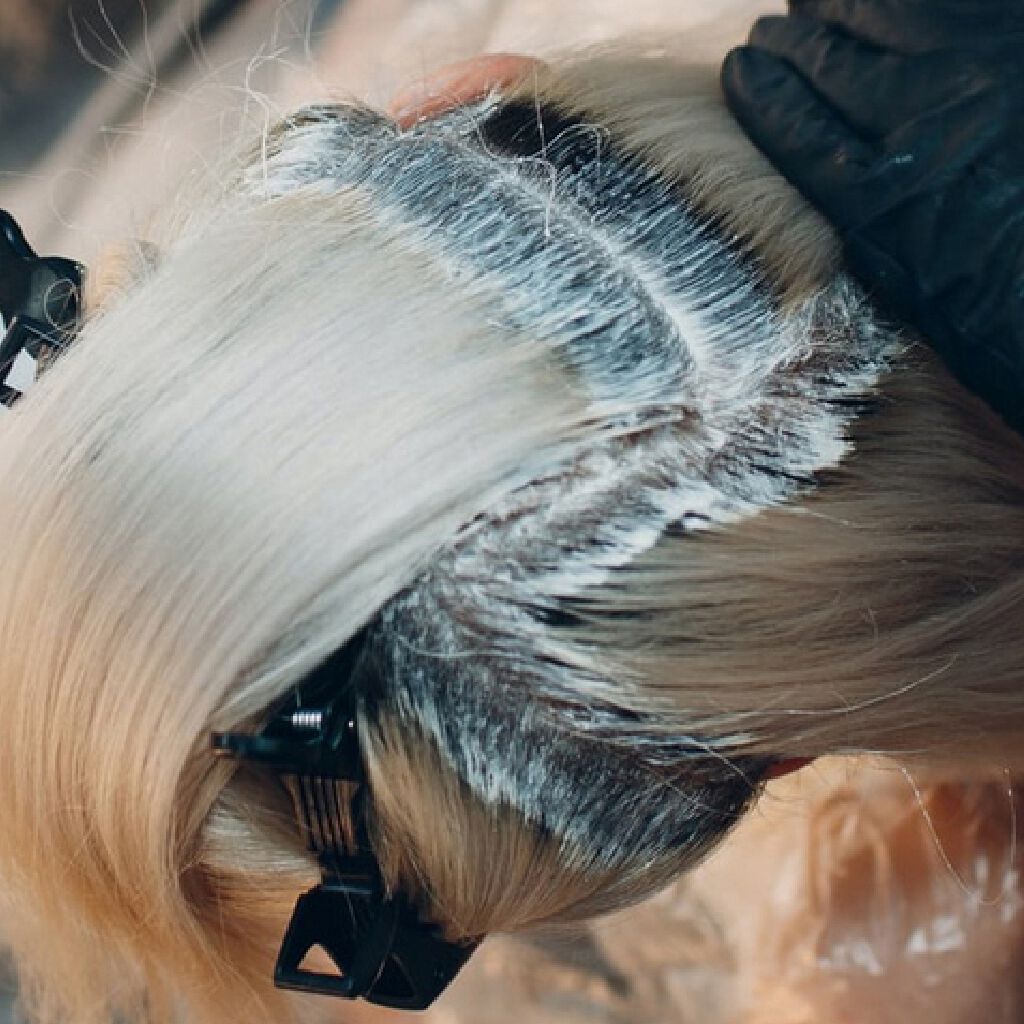
Is Bleach Bad For Your Hair? Everything You Need to Know
While blonde hair can look beautiful, the process of achieving it could put your hair through a lot, and it may even result in damaged hair.
Luckily, there are solutions for bleach damaged hair. For those who are adamant on going blonde, you can mitigate and repair the negative effects of bleaching your hair by treating it right after each bleaching session with a hair bond builder. Below, we’ll discuss the impact of bleaching and hair dye on your hair in more detail. We’ll also offer tips for giving your bleached hair the special care it deserves.
What Does Bleach Do to Hair?
To find the answer to the question, “Is bleach bad for your hair?” let’s first look at the science behind hair bleaching.
Hair bleach typically contains alkalizing agents and oxidizing agents. Together, these chemicals lighten your hair in two steps:
- Step 1: Open the cuticle – The outermost layer of your hair is known as the cuticle. The cuticle contains several overlapping layers of dead cells. The alkalizing agents open up your hair’s cuticles, enabling the oxidizing agents to enter your hair shaft and interact with the melanin inside.
- Step 2: Oxidize the melanin – Your hair’s melanin molecules determine its natural hair color. Eumelanin is associated with black, brown, and dark hair, while pheomelanin is associated with red hair. The oxidizing agents within bleach interact with your melanin molecules, leaving them colorless or with a lighter hair color.
After a single round of bleach, your remaining melanin will determine your undercoat, which may be slightly orange or brassy. After bleaching, you may wish to apply a toner to neutralize the color of your undercoat.
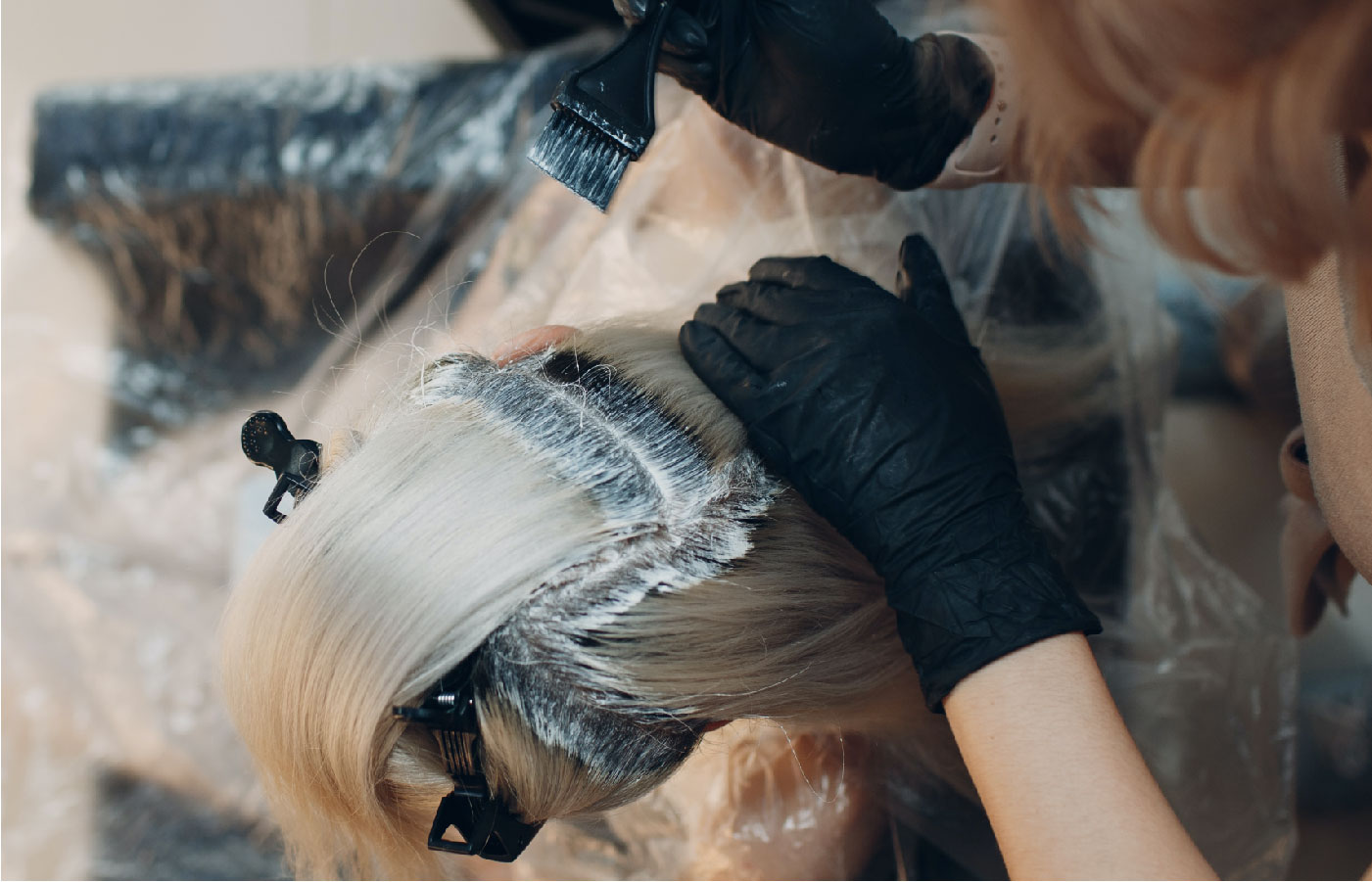
How Is Bleach Bad for Your Hair?
If you’ve bleached your hair before, you might be familiar with how your strands feel different after the process. Simply put, bleaching your hair is an inherently harsh process, causing damage to your hair cuticle by removing color.
After bleaching your hair, you may notice some of the following signs of damage:
- Hair breakage – Since bleach opens up your hair cuticle and breaks down its natural fatty acids, your bleached hair may be more prone to breaking and splitting.
- Frizziness – If your hair has open cuticles and incurs more split ends, it can look a lot frizzier and develop more flyaways.
- Dryness – Due to the harsh oxidizing agents found in hair bleach, bleaching your hair can dry it out. When your hair lacks its natural moisture, you can end up with brittle, lifeless locks.
- Slowed growth – Damaged, dry hair is harder to grow out since many of its strands may split or break before reaching your desired length.
- Scalp irritation – Your hair isn’t the only part of your head that can experience the effects of bleaching. Your scalp’s sensitive skin can also develop irritation. During a bleaching session, your scalp may experience burning or itching sensations from exposure to harsh chemicals.
- Discoloration – After achieving your preferred shade of blonde, you may discover that your hair can become discolored as your toner fades over time. Bleached hair is also more prone to discoloration from chlorine.
While many of these bleaching side effects are inevitable, you can mitigate them by using the right products and haircare routines.
Factors That Can Affect the Bleaching Process
If you’re weighing the pros and cons of that beautiful balayage, you might wonder: how bad is bleaching for your hair and its unique qualities?
In truth, not everyone will have the same experience. The degree of damage you’ll experience from bleaching your hair depends on a variety of factors, including your:
- Natural hair color – The darker your natural hair, the more bleach you’ll need to lighten it up. For instance, you’ll need to undergo more bleaching sessions to go from jet black to platinum than if you’re starting with dirty blonde hair. Each additional bleaching session can amplify the resulting damage.
- Length of bleaching session – If you’re eager to lighten your locks as quickly as possible, you may be tempted to leave the bleach in your hair longer. Unfortunately, leaving bleach in your hair for extended periods of time can exacerbate the damage. If you’re looking to achieve a high level of lift, it’s better to schedule several gradual sessions and give your hair some time to recover in between.
- Frequency of bleaching sessions – If you want to go platinum blonde, you may be tempted to bleach your hair several times in one day. But bleaching your hair repeatedly in a short time frame is highly discouraged, as it can cause severe damage. If you want to minimize the damage to your hair, it’s a good idea to space out your bleaching sessions by at least eight to ten weeks. This way, your locks will have ample time to heal.
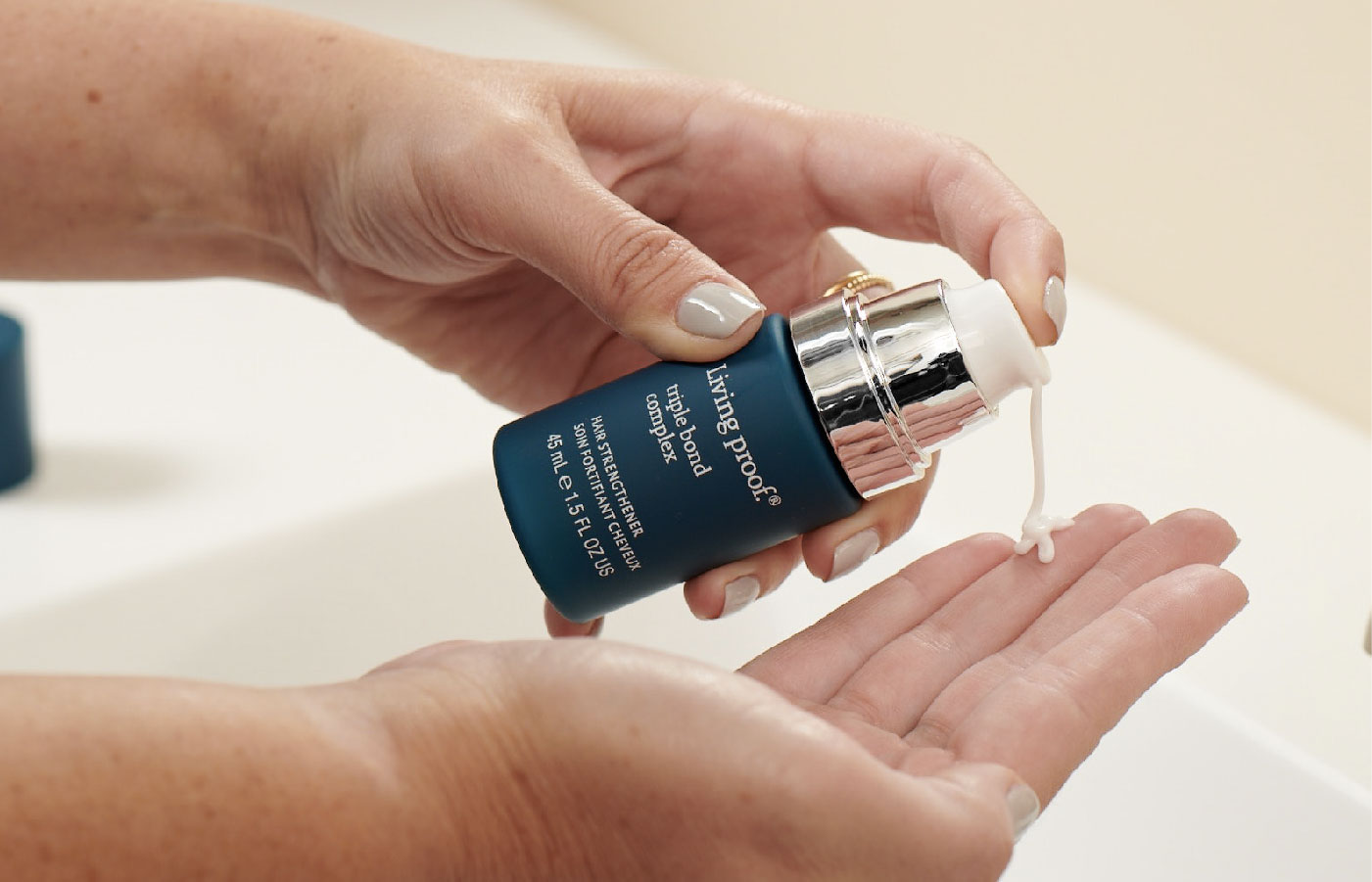
How to Prevent Excessive Damage From Bleaching
In between bleaching or hair coloring sessions, you can repair your hair’s health with the help of nourishing and protective products. These may include:
- A hair mask that helps restore your hair’s natural structure
- Leave-in conditioners that restore moisture
- A strengthening hair bond treatment
- Shampoos and conditioners that are gentle on bleached hair
- A purple shampoo to minimize brassiness and yellow tones in damaged bleached hair
- Heat protectants that prevent further damage from heat styling tools
On a daily basis, it’s a good idea to use shampoos and conditioners specially formulated for chemically treated hair. For added support once a week, you can also use hair masks and hair bond treatments to restore your hair’s moisture and structural integrity. Hair chelating is another method you may consider to help restore damaged hair.
Restore Bleached Hair with Living Proof
From bleaching and styling to haircuts or trims, your hair deserves the support to stay healthy through every look––all you need is the right source for nourishing hair products.
Start your search for quality hair products online at Living Proof. We offer high-quality products like our Triple Bond Complex to help restore your hair’s health. Plus, all of our haircare products use cutting-edge bio-science to repair and rejuvenate damaged tresses.
Discover how Living Proof’s science-backed products can help your bleached hair today.
- International Journal of Cosmetic Science. The physical and chemical disruption of human hair after bleaching – studies by transmission electron microscopy and redox proteomics. https://pubmed.ncbi.nlm.nih.gov/30229956/
- National Library of Medicine. Is hair color determined by genetics? https://medlineplus.gov/genetics/understanding/traits/haircolor/
- American Academy of Dermatology Association. How to Stop Damaging Your Hair. https://www.aad.org/public/diseases/hair-loss/insider/stop-damage
